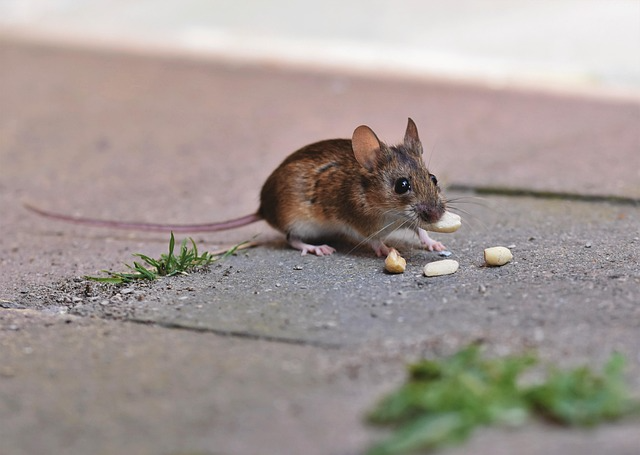Himalayan Field Mouse: A Resilient Rodent of the Highlands
Table of Contents
Scientific Classification
| Kingdom | Animalia |
| Phylum | Chordata |
| Class | Mammalia |
| Order | Rodentia |
| Family | Muridae |
| Genus | Apodemus |
| Species | Apodemus gurkha |
| Scientific Name | Apodemus gurkha |
Description
The Himalayan Field Mouse (Apodemus gurkha) might not be a household name, but this little rodent is perfectly adapted to the rugged Himalayan terrain. Belonging to the Apodemus genus, it’s related to other mice found across Eurasia. This tiny creature flourishes in the challenging high-altitude regions of Nepal and the Himalayas.
Measuring around 7 to 10 centimeters in length, the Himalayan Field Mouse has a tail that’s about the same size. Its fur is soft and dense, typically a warm brown or grayish-brown, which helps it camouflage among the rocky landscapes and forest litter. The underside is usually a lighter, creamy white, providing a gentle contrast. With its large, dark eyes and long whiskers, it has an alert and expressive appearance, which aids in night vision and sensory awareness.
The tail is slender and scaly, featuring some hair that assists with balance as it navigates uneven ground. Quick and stealthy, the Himalayan Field Mouse may appear unremarkable, but it truly thrives in the Himalayas, showcasing its remarkable resilience.
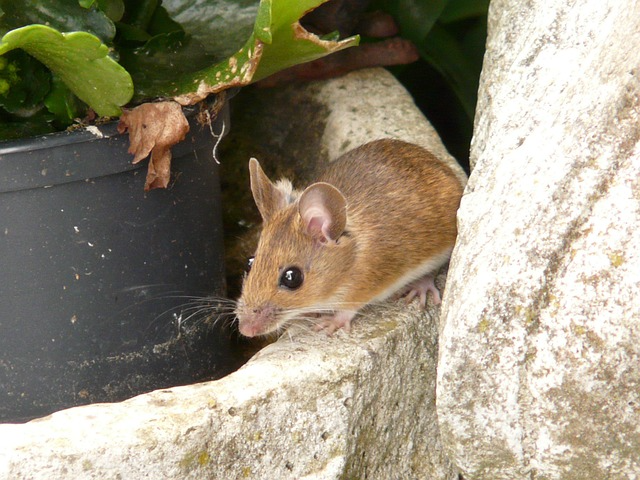
Distribution
The Himalayan Field Mouse has a pretty limited habitat. You’ll mostly find it in Nepal, especially in the central and eastern parts of the Himalayas. It can also pop up in some nearby regions of northern India, Bhutan, and Tibet, but sightings in those areas are quite rare. People often confuse it with other similar species.
This little mouse is unique to the Himalayas. It’s evolved right there and has a strong connection to the region. You’ll typically find it at elevations ranging from 1,500 to over 4,000 meters. Not many other small mammals can thrive at those heights!
Habitat
The Himalayan Field Mouse is right at home in the alpine and subalpine regions. It prefers the cool, moist environments of coniferous and broadleaf forests. You can also spot it scampering around rocky slopes, meadows, and hilly areas dotted with shrubs. These habitats are rich with dense undergrowth, mosses, ferns, and loose soil, making it easy for these little critters to dig burrows and find cozy spots to hide under rocks and tree roots.
When the colder months roll in, they might venture down to lower altitudes or seek refuge in places like fallen logs, old animal burrows, or even close to rural villages. Living in the Himalayas isn’t a walk in the park; these little rodents face daily challenges like freezing temperatures, scarce food, and rugged terrain. But despite it all, the Himalayan Field Mouse tackles life with a quiet resilience.
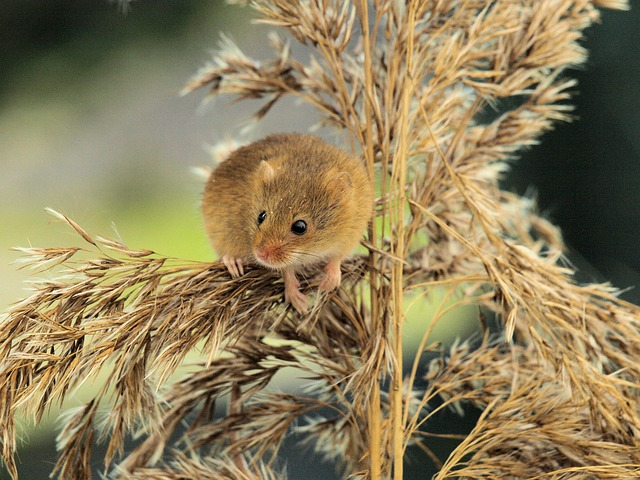
Diet
The Himalayan Field Mouse is quite the little omnivore, but it has a particular fondness for plants. Its menu primarily features:
– Seeds and grains
– Roots and tubers
– Berries and small fruits
– Leaves and shoots
– Occasionally, it nibbles on insects, larvae, and small invertebrates
As autumn rolls in, this clever mouse starts gathering and stashing away food for the winter months. It’s impressive how it builds food caches—definitely a smart move for such a tiny creature! This strategy is essential for surviving the chilly Himalayan winters when finding food can be quite the challenge.
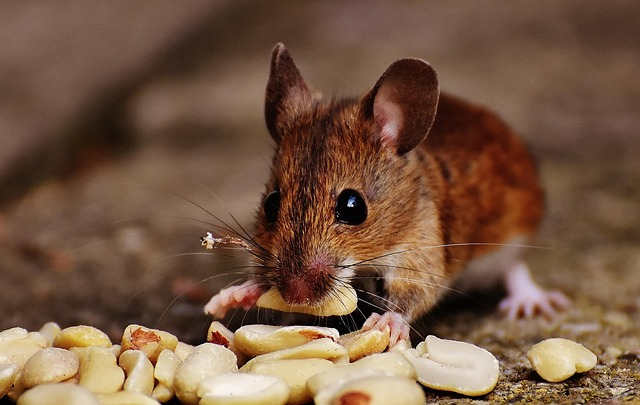
Behavior
This little field mouse tends to be a night owl, mostly coming alive after the sun goes down. In more secluded or shaded spots, you might catch it being active during those magical moments at dawn and dusk, too.
These mice are quite the loners, only seeking out company during mating season or when they’re raising their young ones. They have their own unique ways of chatting, using high-pitched sounds, scent trails, and even their body movements to communicate. With a keen sense of smell, they can easily sniff out food, potential mates, and any lurking predators.
Himalayan Field Mice are impressive climbers and diggers, skillfully navigating through rocks, shrubs, and roots. When they sense danger, they tend to freeze for a moment before making a quick escape in a zigzag pattern, a clever trick to dodge their predators.
Lifespan
In the wild, a Himalayan Field Mouse usually lives for about 1 to 2 years. While that might sound brief, every single day is a struggle for these little creatures. They have to dodge predators and endure the harsh conditions of the Himalayas. Their ability to survive in such an environment really highlights their remarkable adaptability.
When kept in captivity, these mice can live up to 3 years, but there isn’t a lot of data on this. This is mainly because they tend to be elusive and there’s not much interest in studying or domesticating them.
Reproduction and Lifecycle
The Himalayan Field Mouse has a reproduction process that’s pretty typical for small rodents. It experiences a quick gestation period and can have multiple litters each year when the conditions are just right. Here’s a quick rundown of its lifecycle:
– Courtship and mating
– A gestation period lasting about 20 to 24 days
– Giving birth to 3 to 8 pups
– Weaning the pups at around 3 weeks old
– Reaching sexual maturity at about 6 to 8 weeks of age
When they’re born, the little ones are blind and hairless, completely reliant on their mother. As they grow, their fur starts to come in, their eyes open up, and they begin to venture out and explore. In just two months, they’re ready to start living independently!
Predators
Even with their impressive stealth and agility, Himalayan Field Mice face a host of natural enemies. Their role in the food chain is vital for the balance of the Himalayan ecosystem. Some of their main predators include:
– Owls, particularly those that thrive in mountainous areas
– Snakes, like the Himalayan Pit Viper
– Foxes and smaller wild cats
– Weasels and martens
– Birds of prey such as hawks and eagles
Thanks to their camouflage and keen senses, these mice can often evade danger. They also employ various hiding strategies to stay safe. However, at the end of the day, survival often comes down to a mix of luck and quick reflexes.
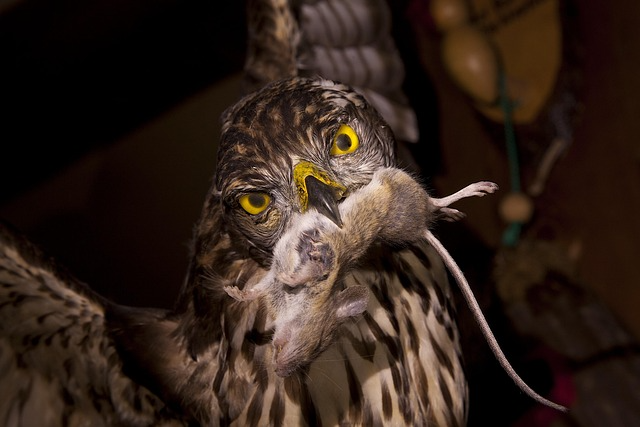
Nest
Nests built by Himalayan Field Mice are typically shallow burrows or cozy dens. You can usually find them tucked away under natural cover like:
– Rock crevices
– Tree roots
– Fallen logs
– Thick vegetation
To make their nests comfy, they often line them with grass, moss, leaves, and even fur. This creates a warm and inviting space for resting and raising their little ones. When the colder months roll in, they tend to reinforce their nests, often in communal areas, so they can snuggle up with their close relatives to stay warm.
Adaptations
The Himalayan Field Mouse has many adaptations to survive in a tough environment:
- Thick fur: Provides insulation against the cold
- Coloration: Blends into forest floors and rocky habitats
- Strong limbs and claws: Aid in climbing and digging
- Sharp senses: Heightened smell, hearing, and vision to detect threats
- Food storage behavior: Ensures survival through seasonal scarcity
- Nocturnal activity: Avoids many daytime predators and temperature extremes
Together, these traits make the mouse not only a survivor but a quiet specialist in its niche.

Mating Season
Himalayan Field Mice typically mate during the spring and summer months. Their breeding season kicks off around March or April and continues until late August. This period is ideal because food is abundant, and the weather is more favorable for raising their young.
During this time, male mice become more territorial and may venture further in search of willing females. They use scent marking and soft vocalizations to communicate and attract mates. While humans might overlook these subtle cues, they play a crucial role in the mice’s reproductive success.
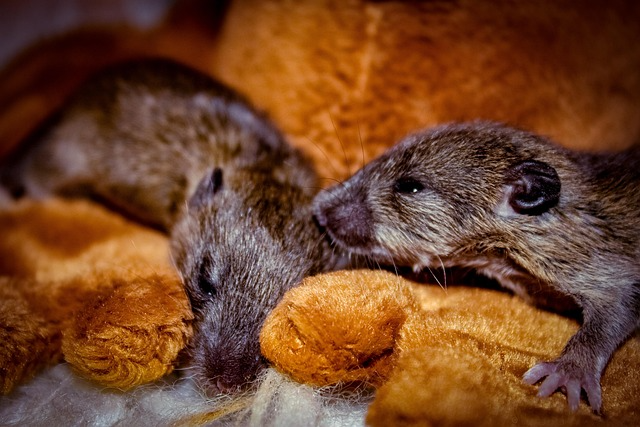
Breeding
Breeding can happen several times in a single season, depending on the environment. After a brief gestation period, the female mouse gives birth to a litter in a cozy, secure nest. She takes on the full responsibility of nursing and protecting her little ones.
Young mice grow quickly. Within just a few weeks, they begin to explore their surroundings. Before long, they venture out to establish their own territories. In favorable years, a single female can have three or more litters, which really helps boost the population.
Interesting Facts
- Name Origin: The name “gurkha” for this species pays tribute to the Gurkhas, the renowned soldiers from Nepal. This connection really emphasizes the mouse’s ties to the majestic Himalayas.
- Endemism: This little rodent is unique to the Himalayan region, meaning you won’t find it anywhere else on the planet.
- Cold Weather Champion: Don’t let its size fool you! It thrives at altitudes over 4,000 meters, bravely facing snow and frost like a pro.
- Under-Studied Species: There’s still so much we don’t know about its behavior, mainly because it prefers the solitude of remote areas and is mostly active at night.
- Ecological Role: This mouse plays a crucial role as both prey and a seed disperser, which is essential for maintaining the health of mountain forest ecosystems.
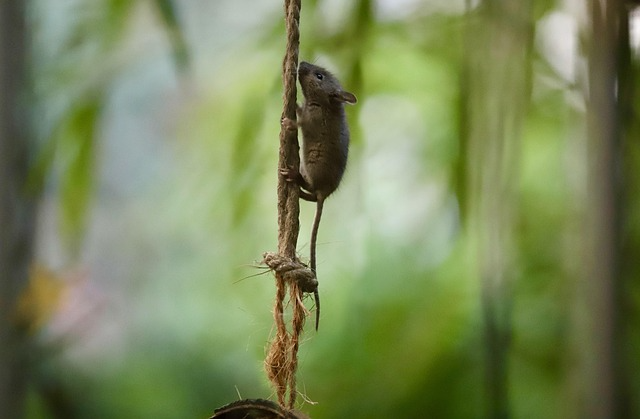
Conservation Status
As of now, the Himalayan Field Mouse (Apodemus gurkha) is listed as Data Deficient by the IUCN Red List. This classification shows there isn’t much scientific research. It doesn’t indicate a threat to the population.
However, potential threats include:
- Habitat loss due to deforestation
- Climate change, altering vegetation and snow patterns
- Encroachment of human settlements and agriculture
- Predation by introduced species (like domestic cats or dogs)
To help this unique mouse thrive, we need to focus on:
- Habitat preservation
- Field surveys
- More scientific studies
Conclusion
In a world of extremes, this little rodent perseveres. It nourishes the owls, plants seeds in the forests, and reminds us that even the smallest creatures play a vital role. We need to safeguard biodiversity and support the hidden lives that thrive under the vast Himalayan skies.
